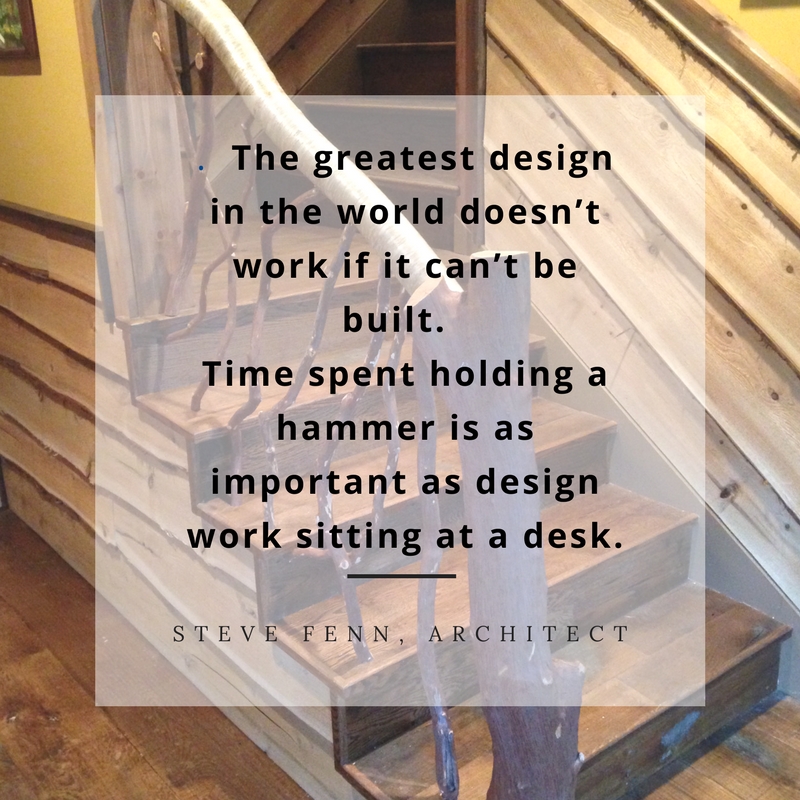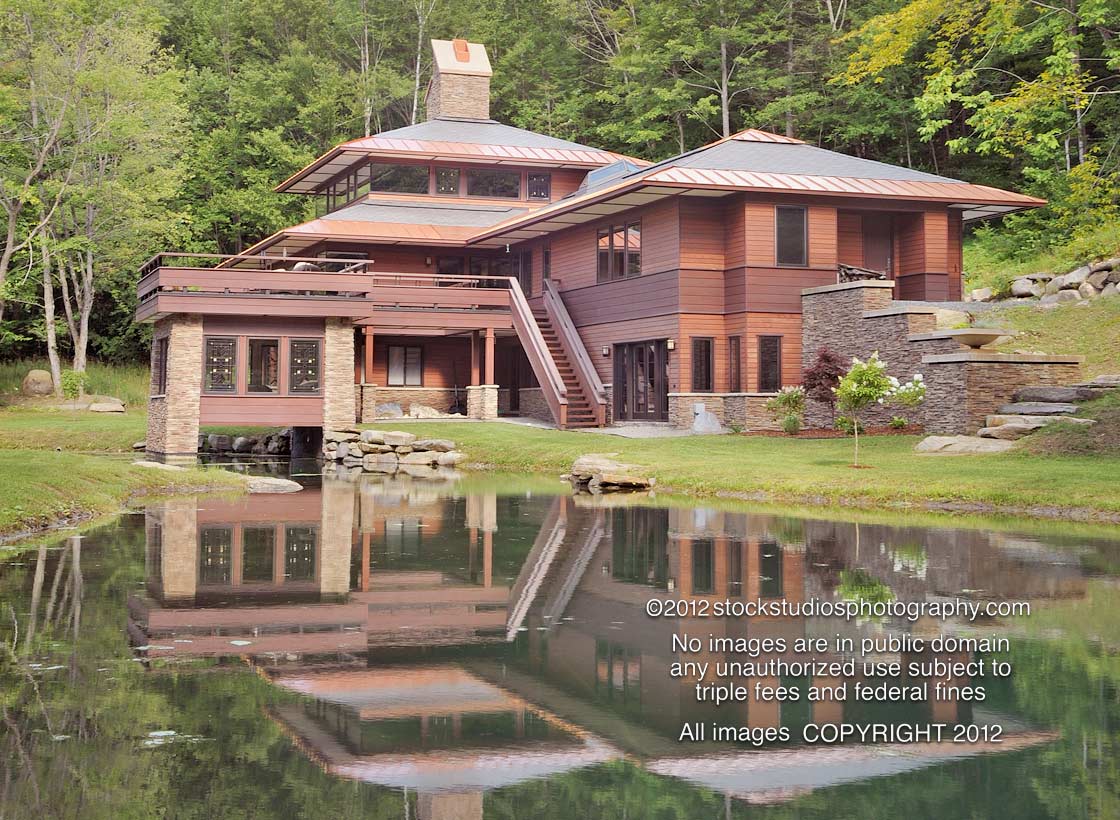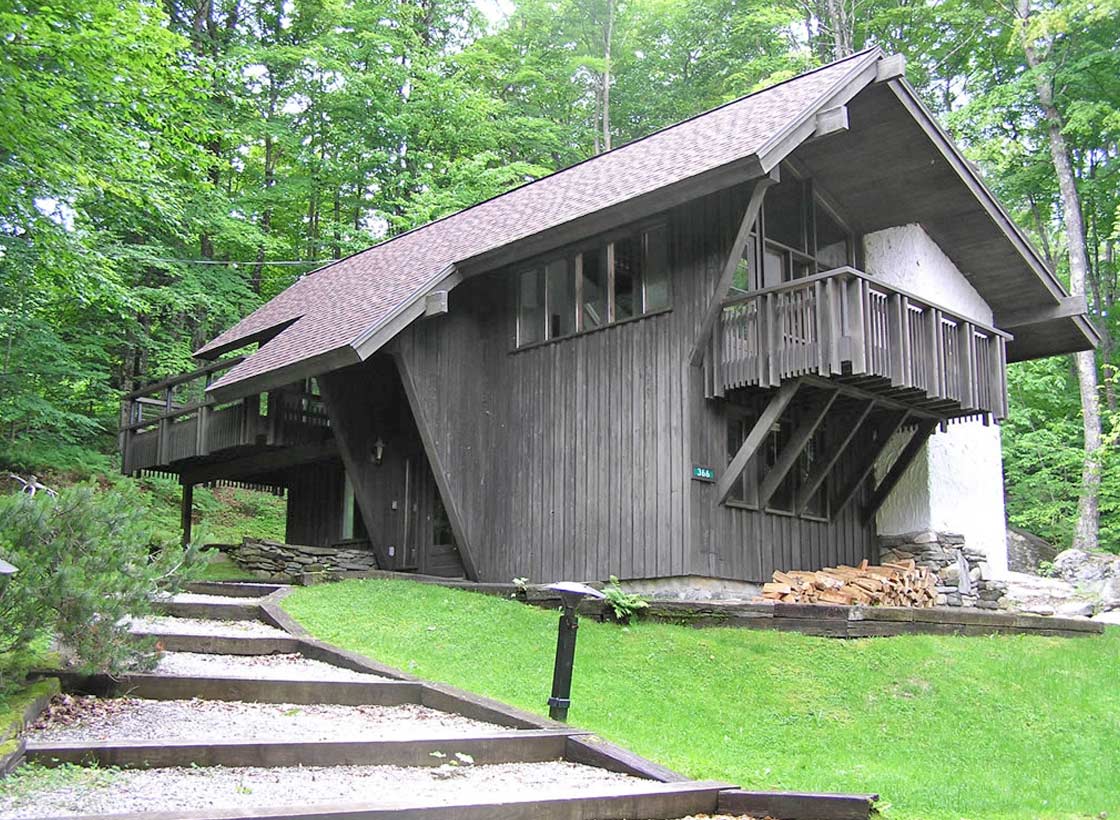- Home /
- FAQ
FAQ
RCWA Frequently Asked Questions
We've assembled and answered many of the questions we receive routinely below. If you don't see the answer to your particular question, please feel free to contact us, either with the form on this page or by calling our office during business hours at (802) 746-8917.
Select a question below to expand the answer.
Your building or renovating decision is an important one. Make sure that your choice of architect fits you as well as your style of home. Here are some tips to help you find just the right architect. 1. Begin your selection process as early as possible. An architect can help you clarify the goals of your project, thus saving much misdirected work. The architect can also so site studies, help you through the necessary planning and zoning approvals, survey existing facilities, help with project financing and budgets, even advise you on environmental considerations and documentation. All this before your design work begins. 2. Hire the architect first, then the contractor. This way your contractor will be an efficient member of a cohesive team, building the precise project you and your architect have designed. Competitive construction bidding, possible only with the aid of architectural drawings and specifications, assures you of getting the best price/value. In fact, the difference in price between competitive bids is often more than the entire architect’s fee. And, remember, the architect you hire does not necessarily need to be local. Most architects can and do work on distant projects with ease. 3. Find out which design firm created the buildings that you admire. There is no better way than choosing the architect who has designed your favorite homes. Most owners are happy to give you the name of their architect and discuss their project – especially if they are satisfied with the outcome. 4. Look at the architect’s work if possible, not just photographs. If you like the architect’s work, then it is a good bet that the architect will design something for you that you like. It is not necessary that the firm have designed a project exactly like your own. The architect is a creator; make the best use of your architect by allowing him/her to bring creativity to your ideas. 5. Base your decision on confidence. You may want to augment your instinct with how well you like the architect’s work and how much experience the firm has had. The relationship you are about to engage in should be one of professional and business competence. It is important that you have confidence in your decision. The architect/client relationship should be a comfortable fit for both of you. Then the project has the promise of being an enjoyable and exciting process.
The secret to successful projects is good communication between owner and architect. Here’s how you, the owner, can help. Understand what a realistic budget is. The most common failure of a project stems from misconceptions about the budget. What you want, you may not have budgeted for. Make the hard decisions up front in the planning process. Take an active role in the planning process. Take care to understand what the architect is trying to achieve for you. Meet with the architect at key intervals during the planning process. Use the project phases to review your project. Your architect will follow three major design phases and submissions: Schematic design (original ideas), design development (where design ideas are fully developed) and construction documents (the working drawings and specification used to obtain competitive bids and contractor pricing). Pay close attention to these design phases and use them to help you understand where the project stands at any given time. Think of them as milestones and use them for review and evaluation. Make timely decisions. The most efficient time for owner decisions is during the planning process. Planning is an evolutionary process: that is, the plan evolves from less to more detail. Good planning is not a major change in concept when it’s time to plan the details. During the design phases, an undecided client may mean loss of design time. During the construction phase, indecision and changes will add to the construction cost. Ask questions. You may feel that if you ask questions, it will imply that you don’t know as much as you should. In the design phase, you are not supposed to know. Remember that it is your project; by asking questions, the architect can lead you to a better understanding. Deal with problems as they arise. This sounds obvious, but taking care of small problems will keep them from turning into larger ones. Use your regular project meetings to take care of any possible discrepancies. Have your architect observe the construction work. This is essential. It is part of the architect’s job to regularly inspect the construction work and to consult with the contractor. This helps to assure that the plans and specified materials are being followed. Remember, the architect is your representative and your advocate. In many ways, a good architect will more than earn the fee by ensuring that the client receives the full value.
. . . Not Really Almost no one would question the wisdom of planning, although most of us give less attention to this important area of our lives than we should. For most construction projects of size, the orderly process of planning can save money and time. But planning is more than just cost-control. If the end result (how good it looks) is important, then planning must be your number one priority. Planning starts with siting. The site considerations of any project must be of paramount importance, not only in terms of how the building fits the land, but also how the building is approached, how it is oriented to the sun, the view and visibility, and how it is organized internally. For renovation projects, marrying the old structure with the new usually requires professional expertise in planning. Another important factor is where to place an addition so the existing interior spaces function best with the addition. Your planning should begin with: Concept and design sketches Estimate of costs Then it should proceed to: Construction drawings and specifications for competitive bidding to lower costs Planning follow-through: be sure to have the architect review the work to be sure it complies with your original wishes. How early should you begin planning for your building project or renovation? According to many architects, one year is not too soon.
Once you’ve approved a set of plans you’re ready to go to the next step. It’s time to hire the contractor. When entering the bidding process for a contractor, you can do it through competitive or negotiated bidding. This decision often depends on how familiar you are with the local building community. If you don’t have any experience with local contractors, you will probably decide to do competitive bidding. Once your architect has drawn up your plans and specs, it is sent out to a small group of qualified contractors. Your architect can help you pick the bidders if necessary. It will take about a month for the bidders to formulate a price for the land development and site work, retention of the permits, and building your home. Upon receipt of the bids, you’ll review them (probably with your architect) and choose your contractor. If you have experience with a particular contractor or have received high praise about a contractor who you know you want to work with, you will likely choose to do a negotiated bid. The advantage here is that the entire team – you, your architect, and your contractor – are all working together right from the start of the project. This most likely will save time and it may or may not save on the cost. According to RCWA president Daniel J. Pratt, the bid process you choose will not necessarily affect the cost of your project. Pratt added they have seen as much as 25% or more difference between the low and high bids in a competitive bidding situation. The bid process will not change the end product, a home that you’re happy with. By choosing an architect to design your home, you’ve already ensured that you’ll have an advocate for what you want. And, combined with a contractor who has the reputation to do the work you want and service his product even after it’s complete, you can be confident of the project’s success whether your home is being built around the corner or around the world.




